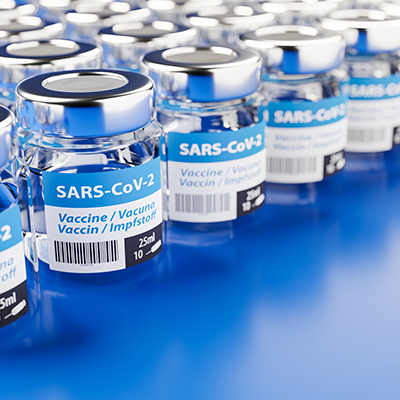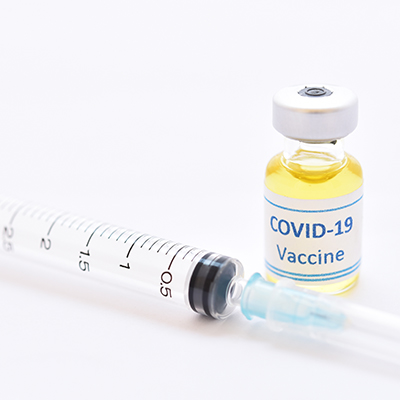June 5, 2020 -- Preclinical testing for drug candidates has remained largely unchanged, despite numerous innovations in cell culture techniques. Researchers discussed how these innovations could help speed drug discovery efforts for the COVID-19 pandemic in an article published in Theranostics.
There are a variety of regulatory steps involved in the development of new pharmaceutical products for use in humans to treat COVID-19, including the following:
- Lab discovery in vitro on cell culture
- Preclinical testing in vivo in animal models to confirm the mechanism of action and measure effective dosages and tolerability
- Clinical testing in patients to determine dosage and confirm efficacy and safety
Traditionally, the drug development process can take in excess of 15 years and has a 99.9% failure rate.
The majority of drug development failures occur in preclinical testing, where drug efficacy in vitro cannot be confirmed in animals. This may in part be due to outdated in vitro cell culture testing. In vitro culture conditions, which are two-dimensional, are not representative of in vivo responses that occur in three-dimensional environments within heterogenous cell populations.
Researchers from the Polytechnic University of Milan and the University of Milan believe that COVID-19 vaccine and treatment in vitro and in vivo preclinical studies can be accelerated by replacing current obsolete models with improved modeling tools. This includes 3D static, microfluidic, and intravital imaging models of viral infection.
From previous in vitro and in vivo SARS-2003 studies, the researchers discovered around 75% used 3D cell models based on cell aggregates or organoids. Currently, for SARS-CoV-2, the team identified only five recent studies that use 3D cell models. Most SARS-CoV-2 studies use engineered human pseudostratified airway epithelium.
The researchers suggested that 3D models are more able to determine in vivo-like dynamics of infection by pathogenic viruses compared to conventional 2D models:
- Cell morphology can be imaged and replicated in in vivo 3D cell and organoid models, unlike the vast majority of cell monolayers.
- 3D cell and organoid models are also more permissive to viral infection compared to cell monolayers.
- Expression of markers such as immune response genes or inflammatory cytokines are more realistic in 3D models compared to cell monolayers.
- Sensitivity to antiviral drugs is lower and more similar to in vivo levels in 3D models than in cell monolayers.
There are several limitations to using 3D models relating to the rigidity and control of scaffolds. Many groups are developing miniaturized 3D scaffolds using two-photon laser polymerization to overcome these limitations. One example developed by the research team, called Nichoid, is a miniaturized rigid, transparent, precise 3D grid fabricated in a biocompatible resin.
Microfluidic systems, which are essentially miniaturized versions of bioreactors, can be loaded with hydrogels or suspensions. SARS-CoV models using bioreactor-perfused cell models were more closely able to resemble normal human tissues than other models. One group has now developed a millifluidic optically accessible bioreactor (MOAB) that has the potential to speed up the discovery and testing of new drugs and vaccines for SARS-CoV-2. It may be especially useful to assess neurotoxicity by connecting multiple units to reproduce transport of agents through multiple body barriers.
For vaccines specifically, intravital imaging can help researchers visualize the interactions of vaccines with fluorescent proteins. Cellular level resolution can identify spatial-temporal dynamic immune responses with high sensitivity to speed the drug development process by eliminating the need for animal sacrifice at various time points.
The urgency to find clinical solutions for the COVID-19 pandemic should push scientists to evaluate new tools and update current preclinical testing standards. Ultimately, the methods described in the review could benefit drug development by drastically reducing and widely replacing animal testing.
Do you have a unique perspective on your research related to drug development? Contact the editor today to learn more.
Copyright © 2020 scienceboard.net








